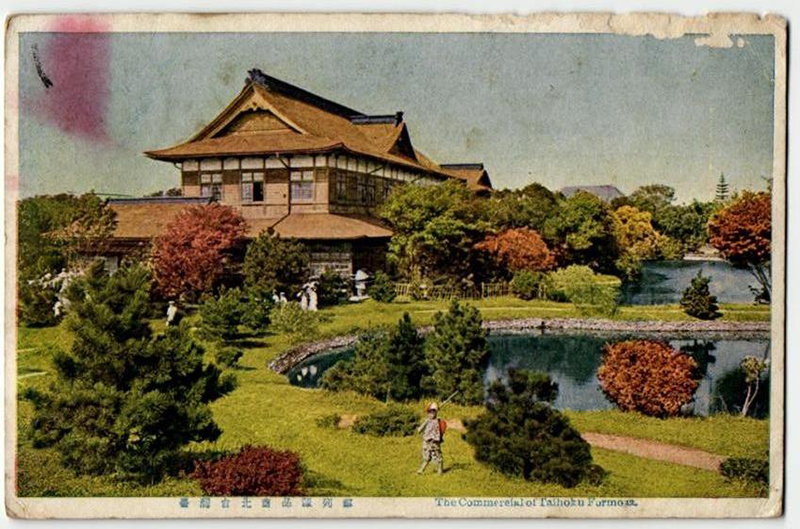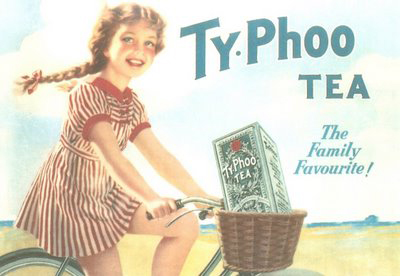What are the famous brands of tea in Taiwan? a brief introduction to the historical story of Taiwan tea culture.
As early as the 17th century, two wild native tea subspecies, Taiwan Camellia and Hongya Camellia, were discovered in Taiwan. However, because of their bitter taste and thin, crisp leaves, they have little economic value and are not widely used.

More than 200 years ago, Chinese mainland some tea trees from Fujian Province were shipped to Taiwan. This is the beginning of Taiwan's tea culture.

During the Qing Dynasty, different tea varieties were imported from Fujian and planted in northern Taiwan. In 1865, British businessman John Dode discovered Taiwan's tea market when he went to Taiwan to inspect the camphor industry. The unexpected popularity of his tea exports to New York has made Taiwan tea internationally famous and attracted other exporters to Taiwan. From then on, Taiwan's tea industry began to prosper and became the main industry in northern Taiwan.

During the Japanese occupation of Taiwan, they expanded the Taiwan tea garden and encouraged the cultivation of local varieties, mainly including Qingxin Oolong, Qingxin Damo, Daye Oolong, and Yingzhi Hongxin. In addition, a Tea Research Institute has been established to promote the cultivation and production of black tea.

In 1926, the Japanese introduced Assam varieties to Taiwan and carried out cultivation experiments in Yuzhi Township, Nantou County. This successful achievement has created the now famous Sun Moon Lake characteristic tea.

During the trade embargo on Chinese mainland in the 1950s and 1960s, Taiwan's tea farmers and merchants focused on existing well-known varieties. After there are more and more products in the mainland and the competition in the tea market is becoming more and more fierce, Taiwan's tea industry has successfully shifted its focus to the production of specialty tea, especially oolong tea. In the late 19th century, oolong tea was almost synonymous with Taiwan tea.
The high quality of Taiwan tea is determined by several factors. Perhaps the most important of these is Taiwan's unique climate. Taiwan has a subtropical climate, and the mountainous terrain provides ideal conditions for the growth of tea. Alpine, cool and moist air slows its growth, which, combined with fertile soil, gives tea unique characteristics. Here, it is the best in the world. Taiwan has its own long tradition of tea processing, which adapts to local conditions.

In the 1980s, with the development of Taiwan's economy, the number of tea drinkers and tea consumption in Taiwan increased sharply. Coupled with the active promotion of tea culture, consumers pay more and more attention to the art of tea and are more and more picky about the quality of tea. As a result, the focus of Taiwan's tea industry has shifted from exports to domestic consumption. This is why high-quality Taiwanese tea is so difficult to find abroad.

No wonder Taiwanese say, "you have friends and tea, so you have a lot of money."
Important Notice :
前街咖啡 FrontStreet Coffee has moved to new addredd:
FrontStreet Coffee Address: 315,Donghua East Road,GuangZhou
Tel:020 38364473
- Prev

Guide to the best and correct picking method for tea picking what are the picking criteria for tea
For those who have brewed the original leaf tea, it is not difficult to find that the shape of the tea after brewing is a piece of leaves, but have you carefully observed the size and structure of the leaves and other factors? It is important to know that the manufacturing process of black tea requires a lot of machines, of which only Yuqing is a step that still depends on manual operation. The parts picked during the green period are the new buds of tea and the 2 or 3 new buds below, and
- Next

Indian Milk Tea Massala Tea benefits and production process Teaching Indian Tea Brewing skills
Indian milk tea, known as Indian Milk Tea, is regarded as a kind of Indian cuisine in Britain and belongs to two different neighborhoods from British milk tea. It is said that almost all citizens of India drink several cups of milk tea every day, and the tea used to brew Indian milk tea is FANNINGS (broken tea with a size of about 1 mm) and CTC tea.
Related
- Beginners will see the "Coffee pull flower" guide!
- What is the difference between ice blog purified milk and ordinary milk coffee?
- Why is the Philippines the largest producer of crops in Liberia?
- For coffee extraction, should the fine powder be retained?
- How does extracted espresso fill pressed powder? How much strength does it take to press the powder?
- How to make jasmine cold extract coffee? Is the jasmine + latte good?
- Will this little toy really make the coffee taste better? How does Lily Drip affect coffee extraction?
- Will the action of slapping the filter cup also affect coffee extraction?
- What's the difference between powder-to-water ratio and powder-to-liquid ratio?
- What is the Ethiopian local species? What does it have to do with Heirloom native species?

